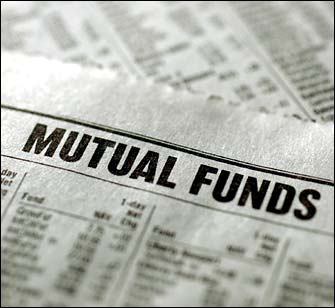What is mutual funds? Most people are not
clear about even the basics of mutual funds in India as an investment
instrument. Through this article, I will try to answer all the questions
related to mutual funds. There are thousands of mutual funds in India which are
almost similar to each other and this created confusion among investors, some
of the examples of mutual funds are Fidility mutual funds, SBI mutual funds or
Reliance mutual funds. Here is a Video on Basics of Mutual Funds which will
help you understand some facts about mutual funds in easy manner. Lets first
understand from very basic which will be helpful of a person totally outside the
personal finance space.
Company: Company is a voluntary association of
persons formed for the purpose of doing business having a distinct name and
limited liability. These company needs to be registered under The Companies
Act, 1956, However, company is not a citizen so as to claim fundamental rights
granted to citizens.
Shares: To put in simple terms , its a share
in a company. So it can be a very minuscule part of ownership in some company,
For Example, if some one has 100 shares of Rs. 100 each for Company XYZ , it
means that he has invested that much money in that company and is owner for
that much part. Commonly called “stocks” and “equities.”
As we have got some understanding of what are
these terms. we can proceed further.
Now anyone who has good knowledge of Stock
markets, good knowledge of analysing the company performance, buying and
selling of shares , timing the market, etc can directly buy and sell shares and
do the investment directly in stock market. But there are people who have no
good understanding of these things and they can’t take good decisions
themselves, For them MF comes into picture.
Mutual Funds Pool the money
So Mutual fund is a financial instrument that
allows a group of people to pool their money to build a huge corpus and then
this money is invested by group of people (refereed as FUND MANAGERS) who are
investment experts, have deep understanding of investing in stock market and
overall financial markets. All the mutual Funds have there Units just like
“shares” in Company. So if someone wants to invest Rs 10,000 in ABC MF and
price for a unit is Rs. 10, he gets 1000 units of ABC MF , and over a period of
time as the MF investment grows, the unit price also grows with almost same
ratio. The price of these units are
referred as Mutual Funds NAV (Net Asset Value) . When a new MF launches , its called NFO of
Mutual Funds (New Fund Offer , just like IPO in case of new Company’s Share
issue to public)
So for example the total corpus of the MF on
1/1/2010 was Rs 100,000,000 and per unit price was Rs 10 . and after an year on
1/1/2011 the total investment has grown to Rs. 134,000,000 , the unit price
will be now Rs 13.40 (approx , it may be little less as there are some
administrative cost and other expenses to be incurred).
Different ways of classifying Mutual Funds
A mutual fund can invest your money in
different kind of things like shares , debentures , gold , Fixed Deposits and
cash also. So based on where it will invest and what kind of risk it will take
there can be different ways of classifying a mutual funds
Open end or Close Ended mutual Funds
One way of classifying a mutual funds can be
close ended and open ended mutual funds. An open ended mutual fund is open at
all time for entry and exit . So one can invest in it anytime and can get out
of it anytime. Where as, in a close eneded mutual fund, there is a specified
entry time and exit time and it comes with a duration. Large Cap, Mid Cap or
Small Cap
Other way of classifying a mutual fund is
there what kind of companies it invests in ? A large cap mutual funds puts most
of its money in large cap companies and less money in small or mid level
companies . Large Cap mutual funds have less risk because the companies it
invests is big enough and have a long term record . A Mid cap fund invests in
middle size companies and it has more risk and more return possibilities
because mid level companies have high potential to grow and high risk to fall .
The last one is Small Cap fund which
invests in very small companies with highest risk and return potential.
Equity Funds, Debt Funds and Balanced Funds
Another way of classifying mutual funds is to
see which kind of underlying asset class it invests in ? If a company invests
majority of its money in companies shares (equity) then its referred as Equity
Mutual funds and if it puts majority of its money in Debt Instruments like Govt
Bonds , Company Bonds and Company papers which are safe assets , then its Debt
mutual funds . A balanced mutual funds are those funds which invest in both
equity and debt in a balanced ratio (like 60:40 or 50:50 for example) .
I am sure this must have given you a good
enough idea of basics of mutual funds in India and a general idea of types of
mutual funds . In case you have any comments, please leave your message.


.jpg)




